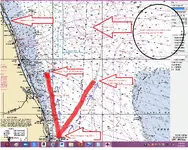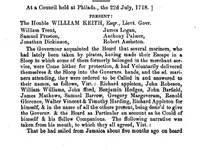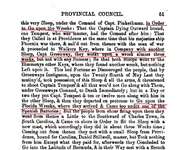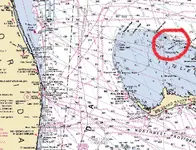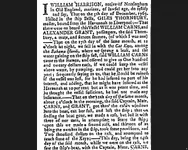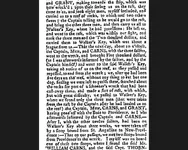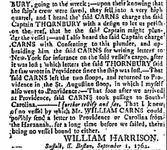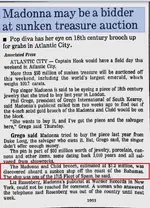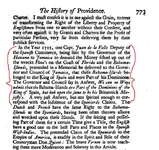We don't generally disagree.

The Gulf Stream being about 13 miles out from Miami and the channel about 58 miles there isn't much room to be that far away from either sets of danger.
The NC info doesn't count anymore than saying wrecks in the Bahamas proves the opposite.
Maybe the 1715 fleet sailed so close to the FL coast because of the 1656 debacle?
Your reference to the
Maravilla got me thinking a little bit. It is clear from survivors accounts the Spanish pilots were using Dead Reckoning on that occasion.
El Griffon broke away from the main 1715 fleet approximately 2 days before the hurricane hit in full force. She missed the storm more or less completely.
Apparently, two of Echeverz's vessels also broke away from the main convoy...one the day before the storm, the other the day of the storm. They could only have headed NNE or NE given their approximate position.
There is, IMHO, pretty convincing evidence the 1715 hurricane was north of the main fleet and travelling more or less due west:
http://www.treasurenet.com/forums/s...-fleet-vessels-their-own-offical-records.html
The two ships of Echeverz that deserted the main convoy would have been well east of the main flota when the hurricane struck. Actually, because they had veered east, they would have met the fury of the storm
before the main fleet. This is important, because they would have been considerably further south as well.
The missing ships of Echeverz's convoy would have been driven west and south by the storm, just as the main fleet ships were. But there is a difference:
The main fleet was driven west and south into the Florida reefs and sunk. When the winds shifted to the north and then the west after the passage of the storm, these ships could not be blown anywhere. They were already sunk.
But the missing ship's of Echeverz's convoy were much farther east when the storm began. And further south. They were not blown into the Florida reefs. Because they were on the open sea, they almost certainly would have survived. They were probably dismasted, but more or less intact.
But when the eye of the hurricane moved west of
them, these ship's were still afloat. They were driven east by the passing storm...directly into the little Bahama Bank.
These were the missing ships mentioned by Admiral Salmon.
These were the ships Lord Hamilton and Governor Spostwood were looking for.
This is why the Spanish Man of War was prowling the north Bahamas.
Disclaimer: the above is just a theory !!!




